Part I: Falling in Love
Part II: A Broken Heart
Part III: Finding Joy in the Smallest of Things
This is a collection of stories about a disappearing lake. The Great Salt Lake. It is told in three parts through poems, prose, and multi-media artwork.
These first excerpts are from Part I: Falling in Love. The others are soon to follow.
* * *
Love in the desert is found in water.
Tales of a Great Lake
I stood by her side and listened for a while. She told tales of a great lake from long ago. I found it hard to believe. Yet as I turned my head, the rings around the surrounding mountains echoed her words. “I remember feeling so full of love,” she said as she gazed across the horizon. “I was showered with gifts of melted snowpack that poured down from the mountains and brought me great happiness. I was so overjoyed, and with no outlet to the sea to share it with, my waters overflowed, spreading wide and far.”
“What changed?” I asked, hesitantly.
She cast her eyes slightly downward as she answered: “As the ice slid back into the shadows of the north and the air warmed, it caused my heart to shrink.” She hunched over like an old woman, but I could see wisdom filled the spaces where the water had evaporated into thin air. “As my water rose and fell with the seasons, it turned salty as I cried.”
“But through my tears came new life and renewal. I first fed algae and then brine flies and brine shrimp began to thrive. These tiny Artemia, who some later called Sea-Monkeys, were nearly transparent. They fluttered their legs and quickstepped through my saline waters as if an enormous ballroom dance was unfolding in every direction.”
“That sounds so lovely,” I said.
“It was,” she responded with half-closed eyes. “But it didn’t stop there,” she continued, “I called out to the birds through a ballad I sang each morning as the sun rose over the mountains warming my shallow waters, and each evening as it dropped over the horizon reflecting its fond farewell through a syrupy display of color. I sang the sweetest serenade I could. And after a while, they came.”
“They arrived from great distances north to south, south to north. First to stop and find respite on their long journeys as there were great wetlands along my eastern border. Some decided to stay awhile and made nests to raise their young in the river deltas that provided wet meadows, mudflats, and playas for them to feed and frolic. Such a delight,” she softly sighed. “As great colonies formed, there were so many I lost count.
“There have been nearly 10 million recorded!” I added.
She smiled and went on. “Some of the first to arrive were the Great Blue Herons, said to be a sign of good fortune. The Western Gulls, with their screeching search for love, were always abundant, and the snowy white feathered Pelicans preferred it over all other places. Egrets of all kinds were there, but it was the Snowy Egret with their black stockings and yellow shoes that I adored the most. There were so many different duck families with shimmering emerald-green heads, blue bills, red bills. Some black as night while others blazed cinnamon and copper. Nearly half the birds were the diving, red eyed Grebes that intricately danced as they flirted with each other. The long legged, long-billed Marbled Godwit traveled the furthest, skipping from place to place through their migration north and south and back again. Many others arrived from the ancient Sandhill Cranes, Tundra Swans, and Bald Eagles to Wilson’s Phalaropes with their swirling rueda. And I cannot forget the Avocets nor the White-Faced Ibis and chubby Western Sandpipers with their soft, billowy cheeps…maybe I attracted so many because, like Narcissus, they could see themselves in my mirror-like reflection. My surface often mirrors all that happens above it. The reflection is only broken by the wind and the gentle lapping on the shores of my island companions.”
“Are there other lakes like you?” I wanted to know.
“There are some,” she replied, “but only distant cousins.”
“And what brings you happiness now?” I asked, but she had already closed her eyes and was floating, as if in a dream, on her own salty waters.
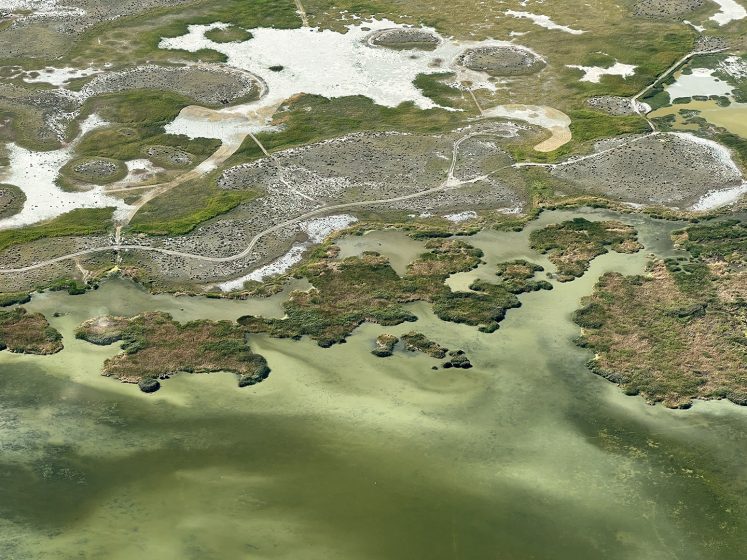
Rising and Falling in Reverse
Circling the shores from above, one might imagine the bright white rim is a pure white sand. The kind of sand found on tropical beaches that tourists stash in their suitcases as they bring their memories home from afar. Yet this white is coarse and rugged. It crunches underfoot. Its snowy soft appearance is but a mirage. It argues with the senses. Salt crystals are masters of capturing sunlight and tossing it about before reflecting it back to us. It is the rock that plays by its own rules, I’ve heard, salacious and divine.
The rich blend of water that is surrounded by this white rim on the eastern shore, is magic in its greenness. It holds an abundance of gems like jade and emeralds. The kind of green where life of the smallest universes, blossom and thrive. I imagine a giant petri dish where I am witness to the interface between life and death.
As the sun glistens on the surface, the colors fan out in a spectacular array of texture, softly connecting them to one another. Brown meets green meets white meets gray meets ochre. The citrusy sting of lime, and the salty savor of olive, to the sharpness of mint and freshness of pine. I can almost taste the deep-seated surrender of sage and spicy forest of juniper as they swirl together like the waters in an eddy.

Erythema
Soaring above
On the wing of a bird
She is a Red Lady
Crimson, scarlet, cherry and wine
The color of passion
And warning
And blood
Pricked by the thorn
A young girl’s blush
And an old woman’s rage
Like Plath, her redness speaks directly to my wounds
The savory tears linger on my tongue
As she weeps onto her salty shores
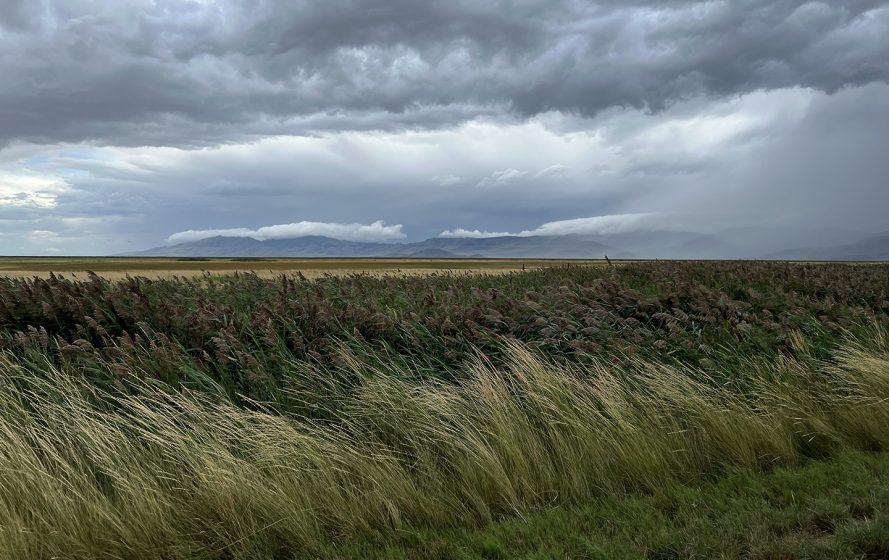
Water’s Edge
The sky illuminated shades of steel blue and gray. At times ominous and foreboding while at others it glowed with sun streaks that escaped through the tattered dark blankets of cloud. Captivating energy filled the air as the wind howled and danced a provocative tango with the tall grasses. They swayed back and forth, forth and back, synchronized, clinging to each other, as they bent over with immense passion. Surging collectively, waves swept and undulated across the land giving rise to the wind’s stories as they were transposed into visual form. Gusts of wind spun in audible frequencies that persuaded the stalks and seed heads to vehemently rub against each other creating a cacophony of yearning and desire.
The air was electric and alive. The muted colors amplified with the wetness of rain that fell from the sky in wide, windswept columns, visible from every angle. Lavish shades of flickering green tantalized retinas. The pure warmth and yellow glow of reed grass was only outshone by the vibrancy of the magical sunflowers kissed directly by our own nurturing star.
Off in the distance, the mountains were shrouded in rolling streams of water vapor that glowed from the light above and muddied all below in their shadows. The contradictions from looming heaviness to bleached billows delighted with a cautionary alertness. Birds huddled near their nests for protection. A few braved the wind only to fly in place and be pushed off course as they headed to their temporary homes. Surrounded by storms, escape was in vain. As beautiful as any setting sun, the day was making a dramatic and glorious farewell. Thunder growled as the light dimmed, and raindrops fervently rippled outward as they fell upon the surface of the wetlands promising the future of a new day to come.

Flawed Connections
He was watching me. He was always watching me. Even though his head was bent down, his eyes never left mine. They dissected me through the dried sagebrush. Winter had muted its fresh, earthy aroma leaving the crisp morning with the faint nostalgic smell of the past. Like the closet of someone who hasn’t been home in a while.
I approached at a careful distance, full of excitement as adrenaline whipped through my body. Every cell was at attention. I was thrilled to be close to this majestic beast. Our eyes met and I had nowhere to hide my human shame.
His thick fur coat shared shades of coffee, hickory, and chocolate with a hint of rust as if it had been dyed with a somber Henna. It contrasted with the clear blue sky bringing out the orange tones in the ways that only the compliments can. He stood by the hard-hearted rock. Worn smooth, it revealed the history of this tale that unfolded many times before. All around were patches of white snow. The air was unsympathetic. The landscape melted into a muted rainbow of the palest of green, ochre, and burnt umber mixed with countless shades of gray from charcoal to ash.
He slammed his enormous body into the rock before vigorously rubbing against it as he worked the fur loose. An annual shedding, teeming with purpose, as the long hair between his horns pulsated in a staccato rhythm. At one point, he lifted a hind leg to let the weight of his gravity lean even more into the wedge-shaped rock. Black tongue licking at the long, foul, strands of drool that fell from his mouth. The mounds and ridges of his massive physique mimicked the mountains just behind him.
After a few moments, he abandoned the boulder and slowly sauntered away without looking back. It was after while reviewing the caught footage, that I saw his tail was slightly raised. A sure sign I was an intruder.
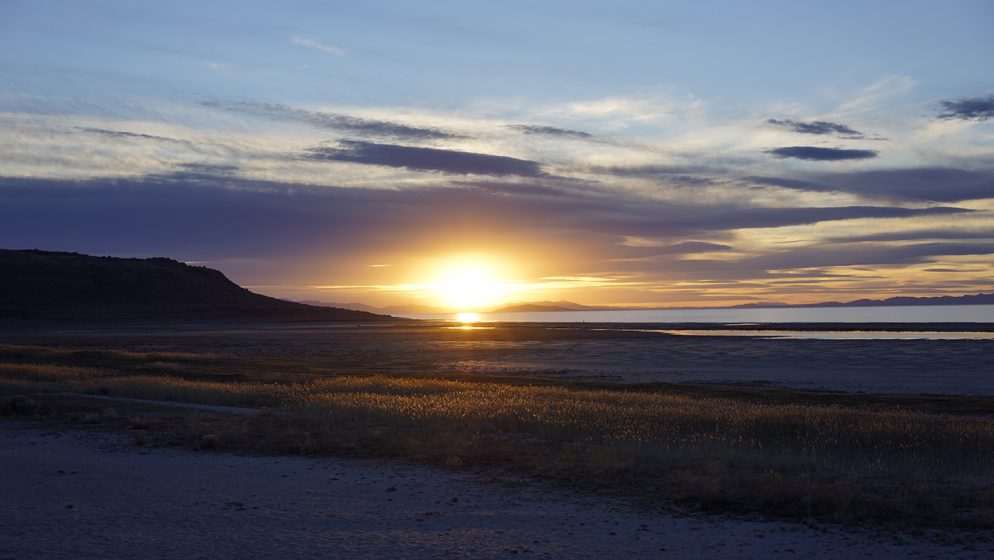
Island Shores
The sun’s dimming light transforms the melancholic yellow-brown grass into golden embers as it makes its daily exodus. Flaming streaks of gold and tangerine. Earthy lavender and the sweet smell of violet bleed into the pale, powder blue sky. Black silhouettes skate over the water as flight flocks descend for the night. The mirror sharpens its focus. Above and below crescendo, erasing familiar notions of time and space. Certainly, heaven is near. Only the sliver of another distant isle breaks the illusion.
She pretends to leave us, but it is us who withdraw as we spin off into the nocturnal shadows. The script is flipped. The sky gets all the attention. These dark shores inspire fantasies where the hostile city lights remain hidden and let us wish upon the stars as we glide through them.
What songs do the birds sing to the setting sun? They must miss her ― they begin to croon at the first hint of her return.
Wendy Wischer
Salt Lake City
About the Writer:
Wendy Wischer
Visiting Director for the Contemporary Art Galleries at UConn in Storrs, Connecticut, Wendy Wischer is an artist and educator with a focus on artwork in a variety of media from sculptural objects to installations, video, projection, sound, alternative forms of drawing and public works. Much of the artwork is based on blurring the separation between an intrinsic approach to working with nature and the cutting edge of New Media.

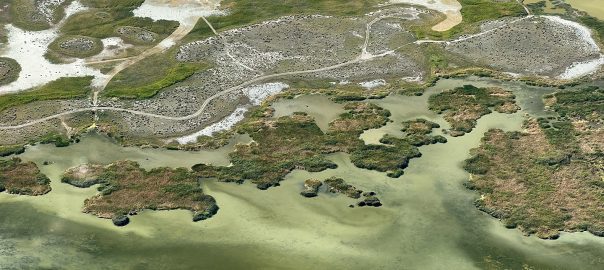






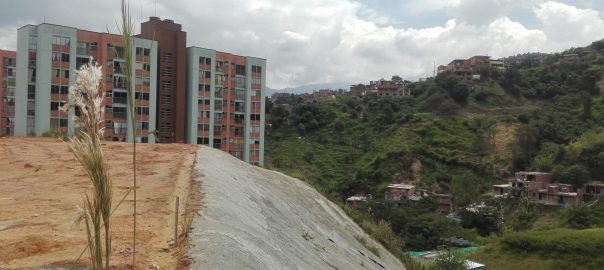


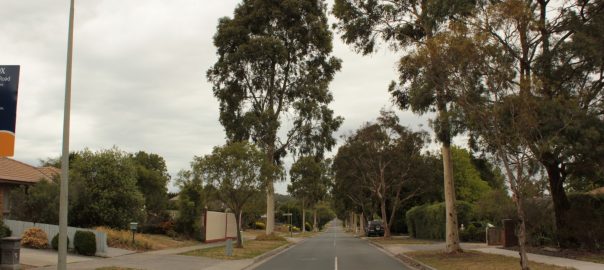
Add a Comment
Join our conversation